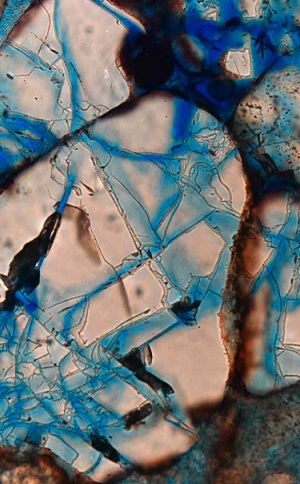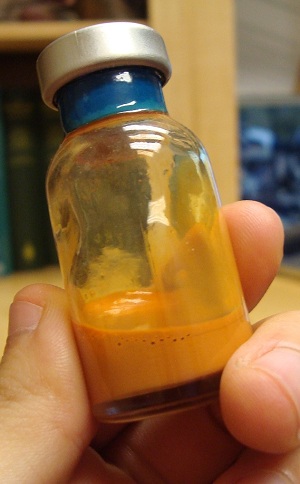Technology is a promising path to future security
Advances in technology over the past decade have opened up vast quantities of untapped oil and gas reserves, from increasing Canadian oil reserves by 170 billion barrels to radically shifting the global energy landscape by finding better ways to extract natural gas. Technology is a major determinant of where and how the world will attain its energy, now and in the future. Here, we profile a major research effort to develop more advanced fossil fuel technologies in a unique partnership between leading U.S. national laboratories and one of the world’s biggest oil companies.
Research in Profile: Fossil fuel bioprocessing at Energy Biosciences Institute
About two-thirds of oil available in a reservoir is inaccessible and left in the ground.
Researchers are investigating the use of microbes to enhance oil recovery from reservoirs as part of a unique $500 million research collaboration between BP and top U.S. research institutions, the largest public-private partnership of its kind in the world. Through the Energy Biosciences Institute, founded in 2007 by the BP oil company, scientists at Lawrence Berkeley National Laboratory, the University of California at Berkeley and the University of Illinois at Urbana-Champaign are researching ways to maximize recovery from oil reservoirs in efficient, environmentally friendly ways.
Video: The Process of Oil Recovery
Background
Current methods to extract oil from the ground include three phases of recovery. In primary recovery, when a well is first drilled into the ground, the natural pressure difference between the subsurface and the surface drives the oil out of the well to the surface. You may have seen video of black oil gushing out of the ground; this is primary recovery. However, once the pressure difference evens out, the oil will not gush out any more. At this point, extraction enters the secondary phase. In secondary recovery, water is injected into the ground from an adjacent well to push the oil out to the surface at the production well. The process is not efficient, though; the water may travel through holes in the rocks where there is no oil, resulting in low amounts of oil driven out. At the end of these two methods, approximately one-third of the oil in the reservoir has been extracted.
At this point, engineers inject chemicals and surfactants into the ground to try to wash out the oil in the tertiary recovery phase. A surfactant is a compound that binds with both oil and water – an example is detergent. But the chemicals that are used pose environmental and cost issues.
Video: Microbes in Our Energy Future
Research on Microbes
Scientists at EBI explore the use of microbes to extract oil in environmentally friendly and efficient ways. Microbes – tiny organisms that include bacteria – exist in abundance everywhere on Earth, including below ground. There is a vast variety of microbial species, and each species has unique abilities to produce useful compounds or carry out key tasks. The scientists at EBI are working to channel the special abilities of microbes to enhance oil recovery.
Plugging Rock Pores
Microbes below ground can be stimulated to produce solid compounds that plug up unwanted rock pores. With the help of microbes, secondary recovery can be made more efficient as the water is channeled to the oil instead of through empty pores.
Lightening the Load
Heavy oil does not flow well. Microbes can be used to break the heavy oil into lighter parts, improving its viscosity, or resistance to flow.
Producing Surfactants
Video: A Private-Public Partnership
Microbes can produce surfactants to help the oil and water mix. Instead of injecting foreign chemicals and surfactants into the ground, native microbes can produce similar surfactants naturally.
Biosouring
A problem with oil production, especially where seawater is involved, is souring. The injection of seawater into an oil well induces the production of hydrogen sulfide, which is a toxic and corrosive compound. Microbes can be used to reduce the sulfur in the oil and combat souring.
Could this be the next big thing?
Natural gas hydraulic fracturing, or fracking, revolutionized the energy landscape in the U.S. and around the globe in the last decade. Fracking has been around for at least half a century, but recent advances in technology made the process economical, thus enabling the widespread adoption of the technique. Similarly, microbially enhanced oil recovery has been around for about 75 years. EBI scientists expect to move some aspects of their research to the field in the next few years. Perhaps the use of microbes will be the next game-changer in the energy industry.


